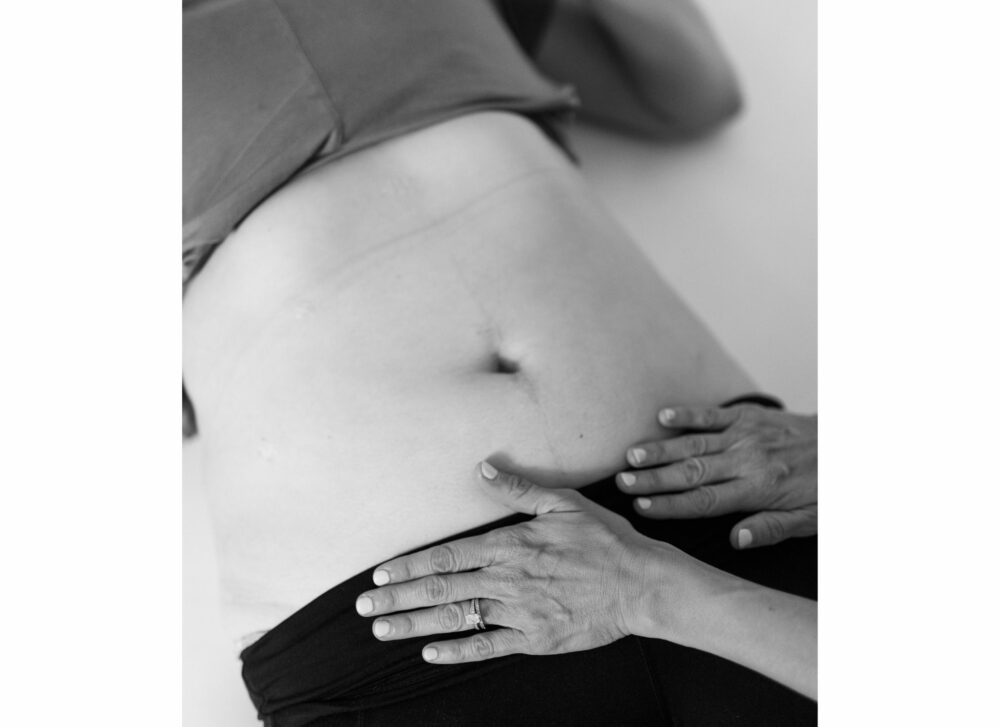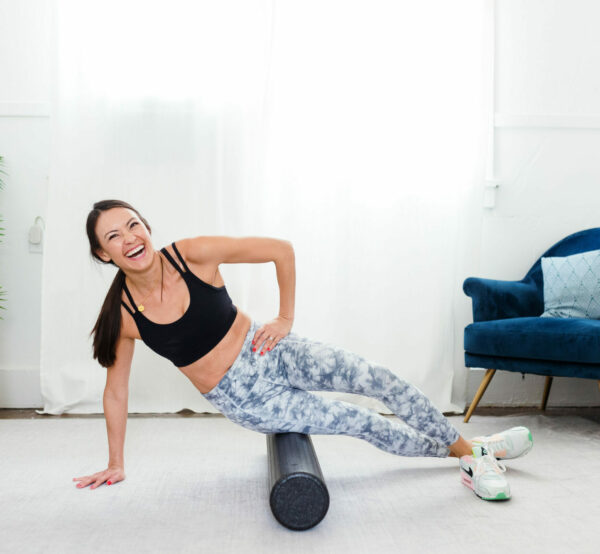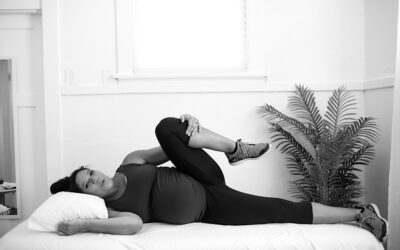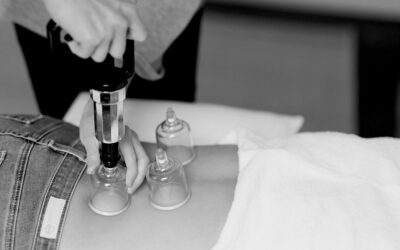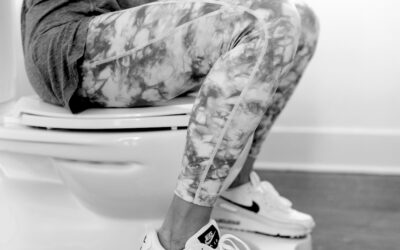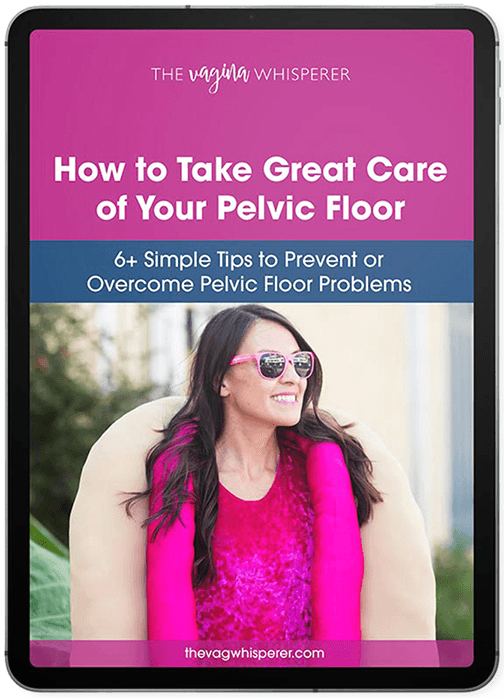Polycystic ovarian syndrome (PCOS) is a challenge that’s misdiagnosed, misunderstood, and often just plain missed.
So let’s set the record straight on what PCOS and pelvic pain is, why it’s so painful, and how to ease your symptoms.
What is PCOS?
People who have PCOS have high levels of androgens, or male sex hormones. In some cases, women who have polycystic ovaries don’t have enough of the hormones responsible for ovulation.
When ovulation doesn’t happen, underdeveloped and unreleased eggs result in the chronic development of small cysts (fluid-filled sacs) on the ovaries.
PCOS symptoms usually appear around the first menstrual cycle, but they can also develop later in life. In addition to ovarian cysts and chronic pelvic pain, the most common symptoms of PCOS include:
- Irregular periods: Most people get periods that are few and far between.
- Enlarged ovaries: Often due to inflammation and cysts.
- Excess hair growth: Folks tend to have hirsutism, or increased facial and body hair.
- Weight gain: Especially in the belly area.
- Skin problems: Acne, oily skin, skin tags, or dark thick skin patches.
PCOS diagnosis involves blood tests and ultrasounds. Other indicators of PCOS can include common complications, like:
- Infertility
- Liver inflammation
- Metabolic syndrome
- Type 2 diabetes
- Sleep apnea
- Depression and anxiety
- Endometrial cancer
Does PCOS Cause Pelvic Pain?
PCOS and pelvic pain go hand-in-hand. Ovarian cysts are certainly uncomfortable, and people who have polycystic ovaries may also have endometriosis and/or uterine fibroids.
Ovarian Cysts
Ovarian cysts can cause pain in the lower back, thighs, and abdomen. They create added pressure and tension in the pelvic floor as they form and grow. Pelvic pain also tends to worsen during periods and with penetrative sex, as pelvic pressure is increased.
Endometriosis
Endometriosis happens when the tissue similar to the uterine lining grows in other places in the body. Because endometriosis also affects hormonal fluctuations, if you have PCOS, you might also have endometriosis. This condition causes pelvic pain, too, as the tissues surrounding these extra growths often become irritated.
Fibroids
If PCOS isn’t responsible for your pelvic pain, fibroids might be! Fibroids are non-cancerous growths made of smooth muscle cells and fibrous connective tissue. Depending on the size and location, your fibroids might be causing pain by increasing pelvic pressure and tension.
PT and PCOS
Pelvic floor physical therapy and PCOS are BFFs. Pelvic floor PT can help address general pain in the abdomen and pelvis, as well as pain that occurs during your periods or sex. Through physical therapy, you can learn lifestyle changes that keep you as pain-free as possible.
Other Treatments for PCOS
The exact cause of PCOS is unknown – we aren’t quite sure why some people make more androgens than others. But factors that might play a role include:
- Insulin resistance
- Low-grade inflammation
- Heredity
- Other hormone imbalances
That’s why it’s important to take care of your whole body when managing PCOS and pelvic pain. Use these tips to start relieving your symptoms.
#1 Eat whole foods.
A balanced diet of whole, unprocessed foods can help to level out hormones in your body and keep you at a healthy weight (whatever that looks like for you.) Eating well is also important to manage insulin resistance.
#2 Exercise often.
Insulin absorption and exercise go hand-in-hand. Working out can also help mitigate other complications of PCOS, like additional inflammation and weight gain.
#3 Ditch the stress.
There’s emerging research on the impacts of stress on pain. The more stress you have, the more stress hormones you release. And the more hormones you release, the more your body’s pain centers are triggered! Managing stress is also an important part of managing weight and insulin resistance.
The less stressed you feel, the more your muscles can relax. From practicing yoga to seeing a professional therapist, making small changes over time can help to decrease toxic stress.
#4 Get excellent sleep.
Sleep is also important in the stress-tension-weight-insulin-resistance merry-go-round. It gives our bodies the chance to rest and repair. So, don’t skip the zzz’s!
#5 Have better sex.
PCOS can make sex painful. To manage, there are many things you can do before and during sex to make things more pleasurable.
#6 Discuss medications with your provider.
Medication is the most common treatment for PCOS. Whether a simple birth control pill or a more involved progestin therapy, there are plenty of medications your doctor can prescribe to help you treat and manage PCOS. Especially if you’re battling infertility! Talk with your provider to get the support you deserve.
Start PT today.
If you’re suffering from PCOS and pelvic pain, start with the Relaxation Series in the V-Hive Membership. Through this four-week series, you’ll learn how to ease pelvic floor tension, get relief from pain, and restore pleasure to sex. (Seriously!)

